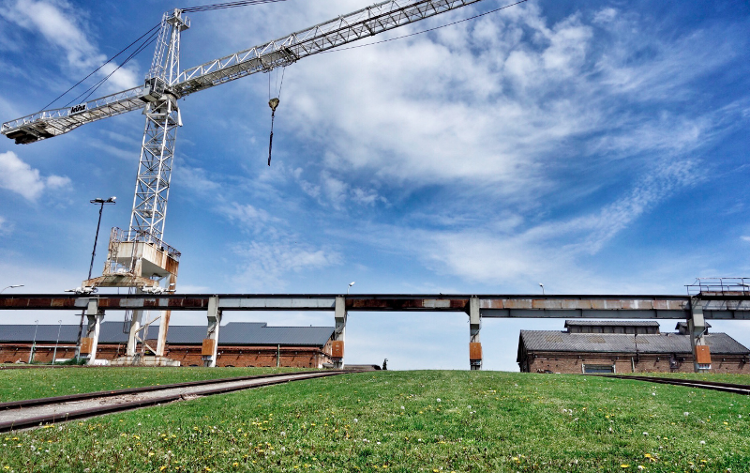Flucco+ - Flexible user comfort in quarter-hourly CO2-neutral Positive Energy Districts (PED)
Short Description
The aim of the project is to improve the planning basis for energy-flexible buildings in the areas of dynamic user comfort, grid serviceability and holistic assessment. The results include a dynamic user comfort model, quarter-hourly "CO2 signals" from the electricity grid and a holistic energy flexibility assessment of plus-energy neighbourhoods. The background is the seasonal oversupply and undersupply of renewable energy, especially against the background of predicted increases by 2050. It is emphasised that climate-compatible energy scenarios lead to highly volatile power generation, but require flexible power grids until 2030.
As part of the project, different comfort models were tested for their practical dynamic forecasting accuracy. The ACR test box at AEE INTEC in Gleisdorf, a flat with office use in a building with component activation and residential buildings in a real living environment were available for the tests. Thismade it possible to obtain a large data set with information on perceived comfort on the basis of questionnaires and - due to the recording of heart rates using mini ECGs - the physiological state of the test subjects. It was shown that the models with an adaptive component - i.e. models that take into account the adaptability of building users to different temperatures - have a significantly higher level of agreement with the information provided by the test subjects than stationary heat balance models.
The project also developed heuristic approaches for optimising control signals for district storage systems. Robust scenarios were created to adapt signals to neighbourhood usability, enabled by the ratio of active loading and passive unloading. This lays the foundation for collective flexibility harvesting of different building types and the application of the developed signals requires a comprehensive grid utility assessment. The synthesis of seasonal signals shows the need for optimisation, which can be addressed by data-driven models or model-predictive control systems. Nevertheless, forecast and learning-independent signal generation remains useful. The analysis of the heating and cooling behaviour enables the generation of suitable signals, depending on an appropriate grid serviceability assessment.
The application of DSM measures in a specific temperature band shows significant benefits for the grid, with a significant increase in grid efficiency being observed fromas little as 1 K temperature band.
Differences in thermal insulation standards and component dimensions influence the usable temperature band. The universality of the chosen approach is emphasised, as slight differences occur when using signals from different years, which underlines the suitability formodel predictive controls.
The life cycle analysis emphasises the need to switch to renewable energies, in particular through effective measures such as maximum photovoltaic use and sector coupling with electromobility. The consideration of fossil energy requirements for mobility offers great potential for optimisation. Solid timber construction and lightweight construction are particularly environmentally friendly in the construction phase.
From an economic point of view, investments in renewable energies such as photovoltaics and geothermal energy utilisation are efficient. Optimising the building envelope pays off under subsidy conditions. Battery storage to increase flexibility is currently not economically viable. Optimising mobility behaviour and increasing the proportion of e-mobility leads to considerable savings, whereby only investments in e-charging stations were taken into account.
Project Partners
Project management
UAS Technikum Wien, competence field Renewable Energy System
Project or cooperation partners
- IBO - Institut für Bauen und Ökologie
- Stadtgemeinde Korneuburg
- Stadtentwicklungsfonds Korneuburg (SEFKO)
- Käferhaus GmbH
- Aichinger Hoch- und Tiefbau GmbH
- WEB Windenergie AG
- Kleboth und Dollnig ZT GmbH
- Medizinischen Universität Wien, Institut für Umwelthygiene (UMW)
Contact Address
UAS Technikum Wien, competence field Renewable Energy System
Ing. DI Dr. Manfred Tragner
Giefinggasse 6
A-1210 Vienna
Tel.: +43 (664) 619 2541
E-mail: manfred.tragner@technikum-wien.at
Web: www.technikum-wien.at

